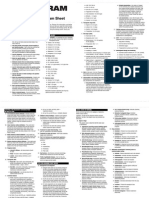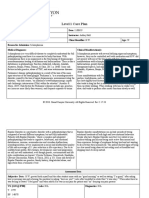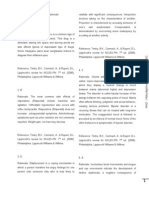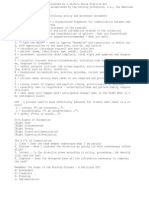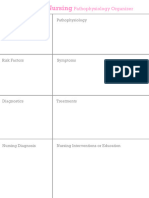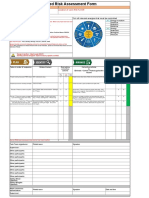100% found this document useful (1 vote)
702 views3 pagesATI Course Work - Fundamentals Review
The document provides information on five rights of delegation including examples for each. It also lists four examples of primary skin lesions with descriptions and documentation examples. Additionally, it identifies three provider responsibilities for informed consent and three types of torts with examples. It lists three actions for the analysis step and provides responses to questions on medication administration, preventing NG tube clogging, effects of high sodium, positioning a client with pneumonia, and applying foam strips for a vacuum-assisted closure system.
Uploaded by
Sarah VealCopyright
© © All Rights Reserved
We take content rights seriously. If you suspect this is your content, claim it here.
Available Formats
Download as DOCX, PDF, TXT or read online on Scribd
100% found this document useful (1 vote)
702 views3 pagesATI Course Work - Fundamentals Review
The document provides information on five rights of delegation including examples for each. It also lists four examples of primary skin lesions with descriptions and documentation examples. Additionally, it identifies three provider responsibilities for informed consent and three types of torts with examples. It lists three actions for the analysis step and provides responses to questions on medication administration, preventing NG tube clogging, effects of high sodium, positioning a client with pneumonia, and applying foam strips for a vacuum-assisted closure system.
Uploaded by
Sarah VealCopyright
© © All Rights Reserved
We take content rights seriously. If you suspect this is your content, claim it here.
Available Formats
Download as DOCX, PDF, TXT or read online on Scribd
/ 3





